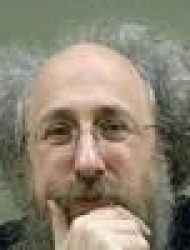
I am a cultural historian of Western Europe in the transition from the pre-modern to the modern, with a focus on the "long" eighteenth century. Much of my work tries to understand what the terms in the previous sentence actually mean. What are the meaning and characteristics of modernity? How distant are we from our "pre-modern" or "early-modern" ancestors? In my work I try to take apart and then put together again some key narratives that the modern west tells about itself. My first book was about the rise of class society and especially the middle class; and the second, about the emergence of the modern individual or modern self. In both cases I asked where do these narratives come from and what in fact were the historical developments that stood behind them (which were not at all those they claimed to represent).
Subsequently my work, which had begun with a focus on Britain, and has since expanded to much of Europe, especially France, Holland, Venice and Germany, has gone in two directions. One, a recent book with Professor Jonathan Sheehan of the University of California-Berkeley, is about the question of where does order and harmony come from in a world where god is no longer believed to take active care of it itself: this book is titled Invisible Hands: Self Organization and the Eighteenth Century. The other direction is the interface between art and history. This resulted in a book on a mysterious Dutch painter and the print revolution (Mr. Collier's Letter Racks: A Tale of Art and Illusion at the Threshold of the Modern Information Age), and in my current book-project on the interpretation of an extraordinary complex object in the treasury of the Saxon princes.
My current work expands through the study of material objects and art to a global perspective on the early modern period .
In addition I have a separate interest in the history of Palestine and especially Jerusalem since the eighteenth century, and of photography in the Middle East.
